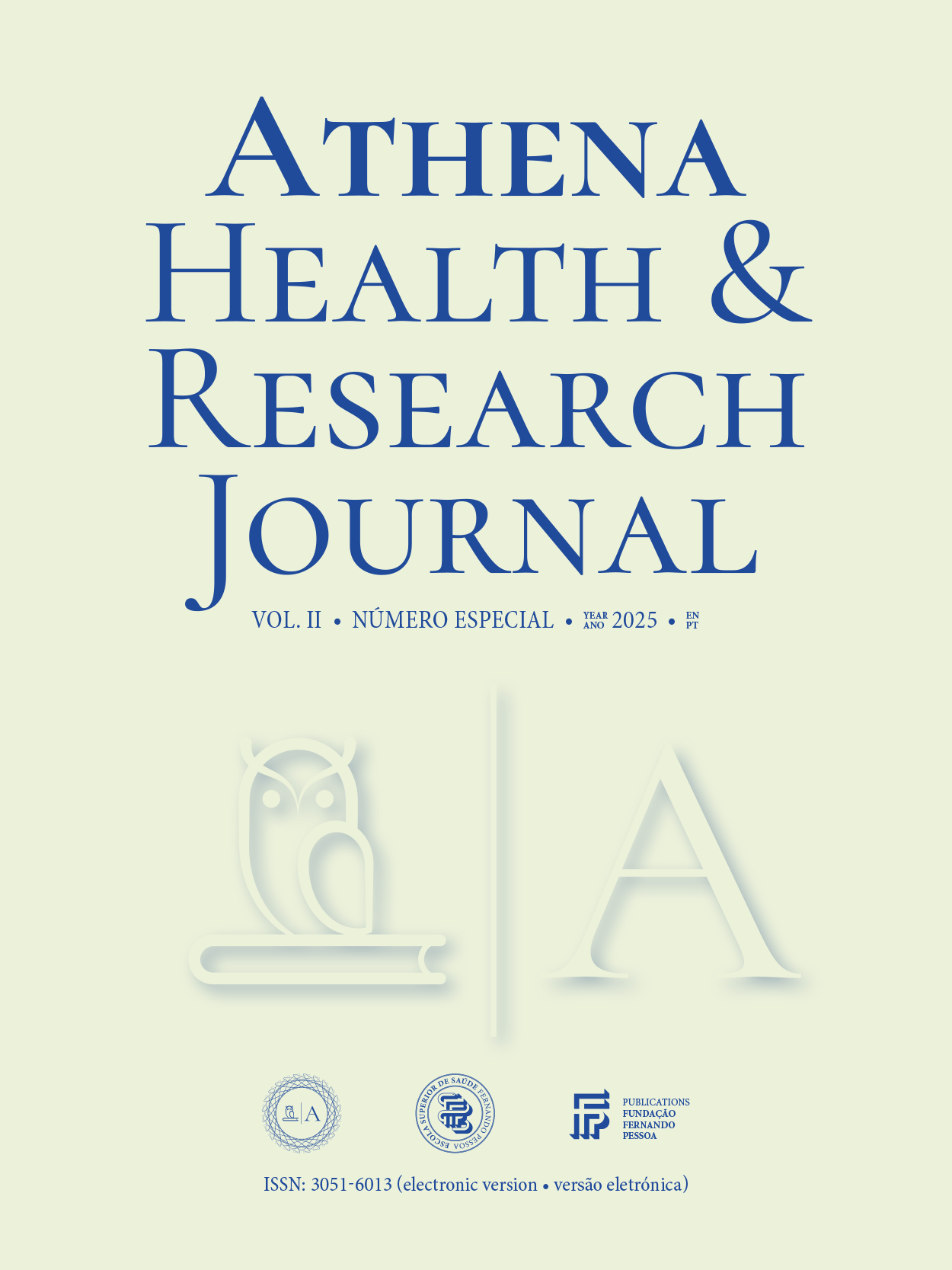Association between handgrip strength and whole-body derived bone mineral density in adults: A cross-sectional study
DOI:
https://doi.org/10.62741/ahrj.v2iSuppl..89Keywords:
Bone mineral density, Handgrip strength, Osteoporosis screening, Muscle-bone relationshipAbstract
Introduction: Bone mineral density is crucial for assessing bone health and osteoporosis risk. Handgrip strength is a marker of muscle function. Studies suggest that individuals with higher handgrip strength tend to have higher bone mineral density, even after adjusting for age, Body Mass Index, and physical activity. Understanding the relation between handgrip strength and bone mineral density may aid the identification of low bone density.
Objectives: To analyze the association between higher handgrip strength and bone mineral density quartiles, assessing sex differences and age, Body Mass Index and physical activity impact in a sample of adults.
Methodology: Whole-body bone mineral density was derived by dual-energy x-ray absorptiometry. Handgrip strength was assessed with a GripWise dynamometer. Ordinal regression, stratified by sex, analysed the association between handgrip strength and bone mineral density quartiles, adjusted for age intervals, Body Mass Index and physical activity. Results include odds ratios and 95% confidence intervals (OR; 95%CI). ANOVA F-values and eta squared (η²) were reported.
Results: 680 adults (18-85 years, mean age 41.3±16.2, 67.2% women) were included. In women, handgrip strength differed across bone mineral density quartiles (F=15.180, p<0.001), with 9% variance (η²=0.094). Q1 had lower handgrip strength than other Qs, with no significant difference between Q2 and Q3. A 1 kgf increase in handgrip strength raised the odds of a higher bone mineral density Q by 9% (1.09; 1.05-1.14). Younger women (18-20 years) were more likely to be in higher bone mineral density Qs compared to those aged 51+ (4.04; 2.72-6.14). Physical inactivity decreased the likelihood of being in a higher bone mineral density Q (0.57; 0.34-0.94). In men, handgrip strength differed across Qs (F=12.635, p<0.001), with15% variance (η²=0.152). Q1 also had lower handgrip strength. However, there were no significant differences between Q2 and Q3, nor between Q3 and Q4. A 1 kgf increase in handgrip strength raised the odds of being in a higher bone mineral density Q by 7% (1.07; 1.03-1.12). Men who were minimally active had 48% lower odds of being in higher bone mineral density Qs (0.52; 0.29-0.93).
Discussion: Findings reinforce that muscle strength is associated with bone mineral density, though the relation appears stronger in men, where handgrip strength variance was higher across bone mineral density quartiles. Age was negatively associated with bone mineral density only in women, aligning with prior evidence about postmenopausal bone loss in females. Low physical activity was associated with lower bone mineral density in both sexes, confirming the contribution of physical activity to better bone health.
Conclusions: Higher higher handgrip strength was associated with better bone mineral density in this sample, independently of age, Body Mass Index and physical activity. Age was associated with lower bone mineral density in women, while physical activity positively impacted bone mineral density in both sexes. These results highlight sex differences in bone health.
References
NA
Downloads
Published
Issue
Section
License
Copyright of published papers is assigned to the Journal, but all content is licensed under the terms of Creative Commons Non-comercial 4.0 International License. Thus users are allowed to read, download, copy, distribute, print, search, or link to the full texts of the articles, or use them for any other lawful purpose, without asking prior permission from the publisher or the author. This is in accordance with the BOAI definition of open access.














